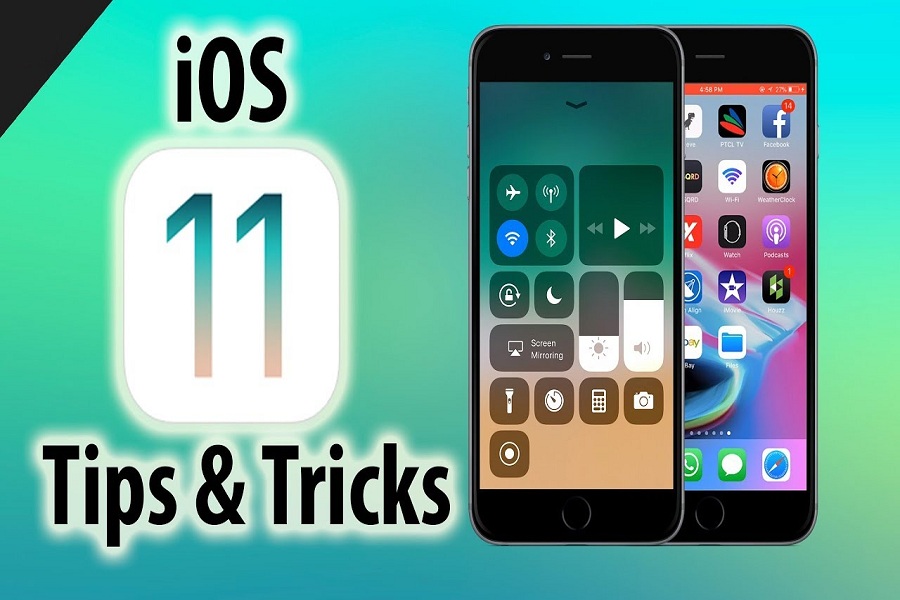Parody and Paraphrase of Text
Parody and paraphrase symbolize two types of intertextuality, that is, they are resources that create dialogues between different texts, giving rise to a new text based on a source text.
Parody and paraphrase are seen as synonyms, however each has its characteristic. Parody and paraphrase are resources used in literature, arts, plastics, music, cinema, sculpture, among others.

Intertextuality
The intertextuality can be understood as the production of a speech based on a text already assembled, it can be done either implicitly or explicitly.
When it happens explicitly, the sources that were used as a basis for construction are clear. The intertextuality explicit can be seen in quotes, reviews and commercials.
On the other hand, the implicit intertextuality requires more attention and analysis from the reader, since it does not present a quote from the source.
In addition to parody and paraphrase, there are other types of intertextualities.
Below is the difference between parody and paraphrase.
Parody
In the parody, a text reformulation takes place, however the author uses an existing discourse as a basis and opposes it. The parody is based on a contesting character. In addition, there is an alteration of the original speech, either to make a criticism or to mark sarcasm and irony.
Paraphrase
The paraphrase is the ratification of a text that already exists. In this intertextuality, there is a repetition of the subject or a piece of it. In other words, the original idea is preserved. Thus, we can affirm that paraphrase a text is the same thing as remaking it with different words, conserving its essence.
Knowing how to interpret the parody and paraphrase depends on the student’s knowledge of the subject. The same thing happens when you need to rewrite an essay. To make an association within your text you need to read and interpret famous authors, who make reference to the subject you intend to write.




